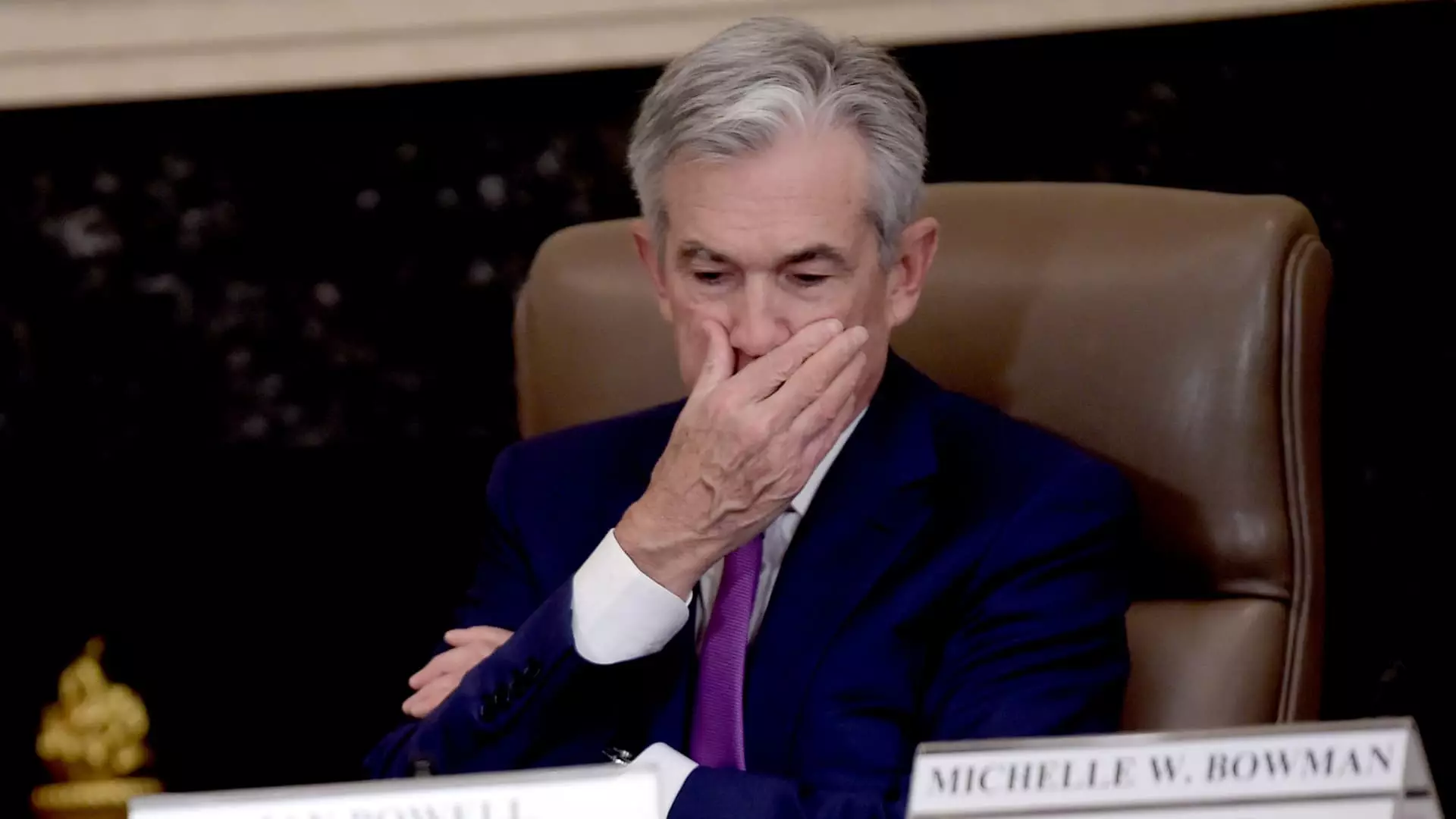Supercore inflation is a specific prices gauge within the consumer price index data that excludes shelter and rent costs from its services reading, providing a deeper look into underlying prices. Economists use this measure to get a truer trend of inflation, especially amidst a changing economic climate. Fed officials consider it a useful tool as it helps to filter out transient factors like elevated housing inflation, which may not accurately reflect the overall price levels.
In March, the supercore inflation rate accelerated to 4.8% year-over-year, marking the highest level in 11 months. Analysts have even suggested that annualizing the data from the last three months indicates a supercore inflation rate of over 8%, significantly surpassing the Federal Reserve’s 2% target. This surge in supercore inflation has raised concerns among market participants and policymakers, leading to a reevaluation of current monetary policies.
The unexpected increase in supercore inflation has rattled markets, with equities declining and Treasury yields rising. Futures market traders have adjusted their expectations for the timing of the central bank’s first rate cut, extending it from June to September. The Federal Reserve faces the challenge of achieving its 2% inflation target while balancing the impact of sustained high prices on the broader economy.
The Fed is grappling with the implications of demand-driven inflation and robust stimulus payments that have fueled discretionary spending but also led to record inflation levels. Components of services inflation, such as housing insurance and property taxes, present stubborn challenges that are not easily mitigated through traditional monetary policy tools. The central bank is caught in a predicament where addressing inflation may require unconventional approaches given the complex economic backdrop.
With a dwindling consumer savings rate and rising borrowing costs, the Fed is likely to maintain a restrictive monetary policy stance until there are clear signs of stabilization in prices. While rate hikes may not be effective in curbing current inflation drivers, the Fed remains vigilant about the need to address price pressures. The possibility of further interest rate hikes remains on the table, depending on how inflation evolves and whether it becomes ingrained in the economy.
The surge in supercore inflation has brought renewed attention to the challenges facing the Federal Reserve and the broader economy. As policymakers navigate through uncertain economic conditions, the impact of sustained high prices on consumer behavior and overall economic growth remains a critical issue. Addressing supercore inflation requires a comprehensive approach that considers both short-term challenges and long-term economic stability. The road ahead for the Fed will be filled with complexities and tough decisions as they strive to strike a balance between price stability and economic growth.

Leave a Reply